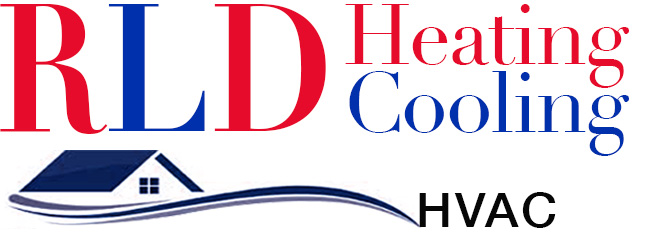Furnace vs. HVAC Los Angeles- Are they the same thing?
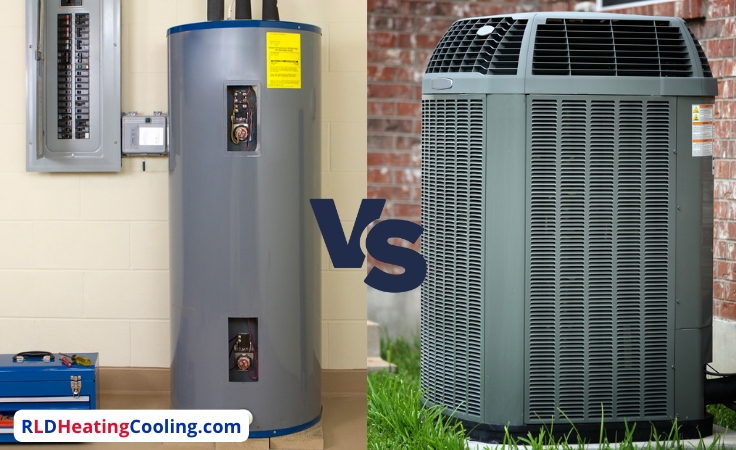
Many people use the terms “HVAC” and “furnace” interchangeably; however, they are distinct.
A furnace is a part of HVAC, and there are massive differences between the types of equipment.
Understanding the differences between the two systems can help you make a more informed decision when investing in a cooling and heating system for your home or business, as well as when requesting services such as gas furnace repair.
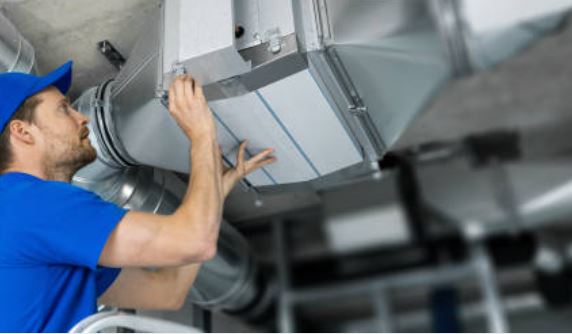
call 818-210-6669
Contact us 24/7 for your HVAC needs
A furnace heats your home, and an HVAC system typically consists of a furnace, air conditioner, ducts, and a ventilation system.
So, if you need an HVAC system, it may or may not include a furnace.
However, there are many similarities and dissimilarities between the two systems, which we will examine closely in this blog.
So let’s get going!
What is an HVAC?
An HVAC system is an acronym for heating, ventilation, and air conditioning. It is a multiple system used in both residential and commercial buildings.
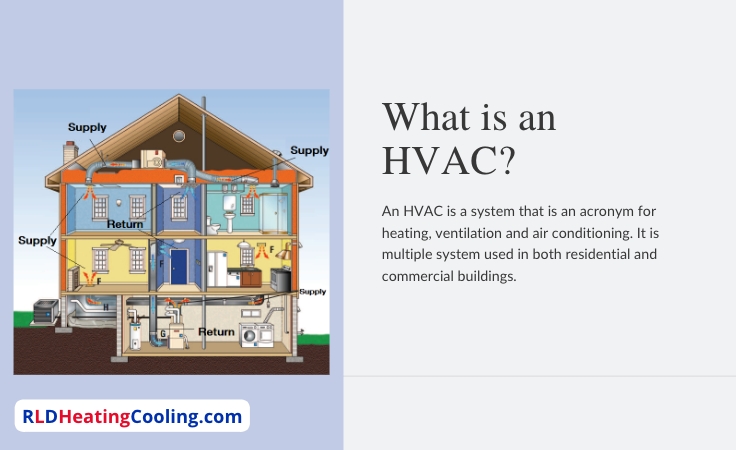
These central air systems can be a warming and cooling agent in all seasons.
Additionally, the system maintains the indoor air quality and humidity levels in your home.
It has three main components:
- Furnace: The furnace, or heating system, uses equipment to produce heat and distributes it throughout your house through vents.
- Air Conditioning units: The air conditioner, or cooling system, works by converting warm air into cool air and distributing it evenly throughout the house.
- Vents & ductwork: Ventilation begins with the air filter. The air passes through the filter, which collects all dust and other contaminants, keeping the air clean.
Also check out: Heat pump vs gas furnace.
Types of HVAC units
There are three significant kinds of HVAC systems for homes and businesses.
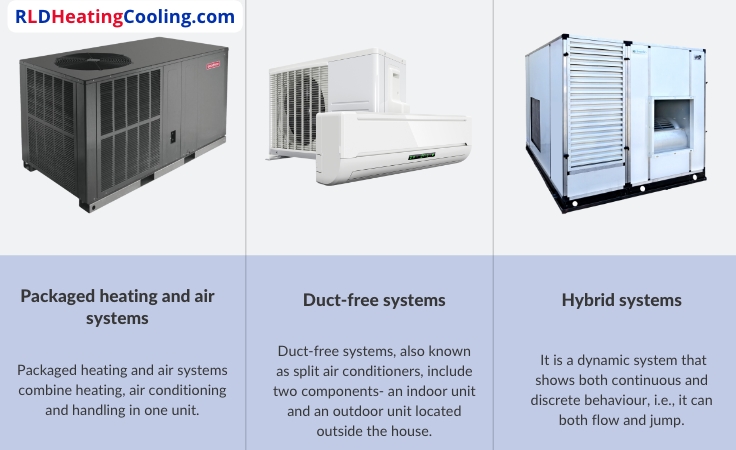
- Packaged heating and air systems combine heating, air conditioning, and ventilation in one unit. These systems are highly energy-efficient and excel in mild climates.
- Duct-free systems: Duct-free systems, also known as split air conditioners, consist of two components — an indoor unit and an outdoor unit, located outside the house.
- Hybrid systems are dynamic systems that exhibit both continuous and discrete behavior, meaning they can transition between constant and discrete states.
What is a furnace?
A furnace is an HVAC system component that heats air and distributes it through the ductwork.
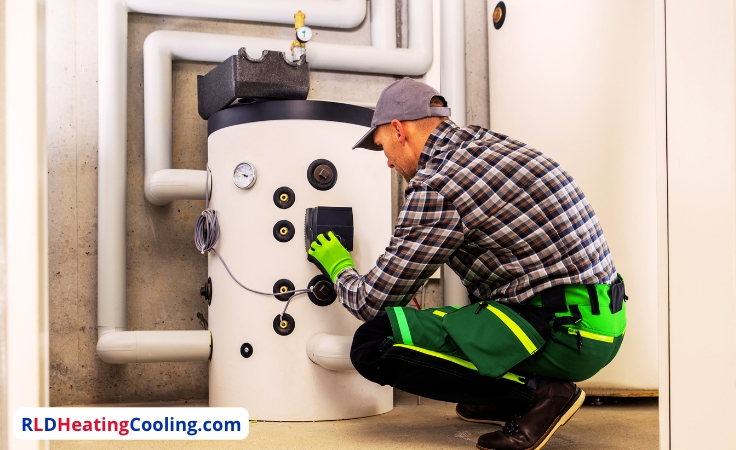
Furnace systems are also referred to as boilers or heaters.
Your furnace system operates on a heating cycle that is: (1)
- The furnace’s burner ignites the natural gas or propane.
- The flames heat the metal heat exchanger, and the exhaust exits through the chimney.
- When the cooled air enters, the heat exchanger heats up.
Types of furnaces
The different types of furnaces are:
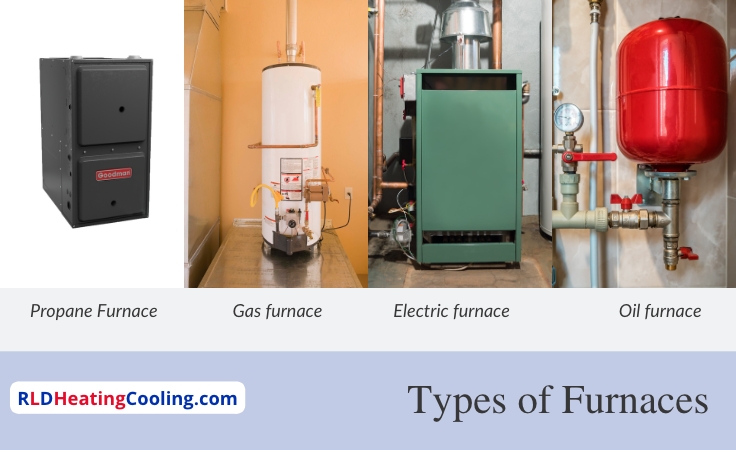
- Propane furnace: A propane furnace is a good source for heating your home. It burns the propane gas and turns it into electricity that can heat your home.
- Gas furnace: A gas furnace is a heating appliance that operates on natural gas. The furnace ignites the gas, which then warms the air and is delivered throughout the home.
- Electric furnace: An Electric furnace operates on electricity to generate heat. It can achieve very high temperatures.
- Oil furnace: An oil furnace works similarly to a gas furnace. However, it involves additional steps, such as vaporizing the oil into a fine mist and dispersing it into the air.
Is the HVAC and furnace the same?
No, an HVAC is not similar to a furnace. The furnace is a part of the HVAC system that heats the air before distributing it into your house.
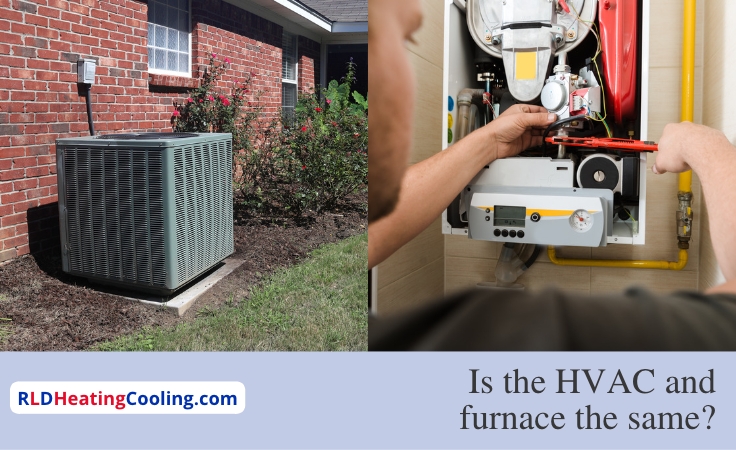
They are also referred to as boilers or heaters. The furnace uses the heating cycle to warm your house.
The furnace’s burner ignites the propane or natural gas.
The flames heat the metal exchanger, and the exhaust exits through the chimney.
As the cold air enters, the heat exchanger starts to heat up.
Difference between HVAC vs. furnace
There is a lot of difference between an HVAC system and a furnace system.
Here are some factors that distinguish between the two systems.
Furnace vs. HVAC Difference #1: Functionality
An HVAC system is a complex piece of equipment with three components that work together to achieve the desired temperature in your home.
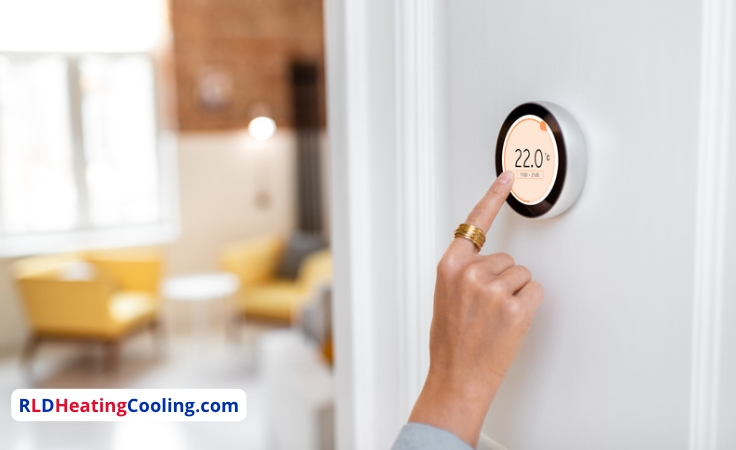
It also accommodates a thermostat mounted on the walls of some houses.
You can set your desired temperature in the thermostat so it detects a fall or rise in temperature.
When it detects the change, it sends a signal to the HVAC coils. The coils rotate to suck the hot air through the blower and push it out of the house.
The ventilator, on the other hand, sucks the clean air and distributes it into the whole house.
Additionally, the HVAC system can be installed in conjunction with a humidifier to regulate the humidity levels in your home.
A furnace, on the contrary, is a segment of the HVAC. It works along with the thermostat. The thermostat sends alerts to the furnace or boiler, which heats oil or gas. The heated oil or gas then produces air that is spread throughout your house via a pipe system or vents.
Furnace vs. HVAC Difference #2: Purpose
An HVAC system serves various purposes, such as heating, ventilation, and air conditioning, all simultaneously, without one system overlapping the other.
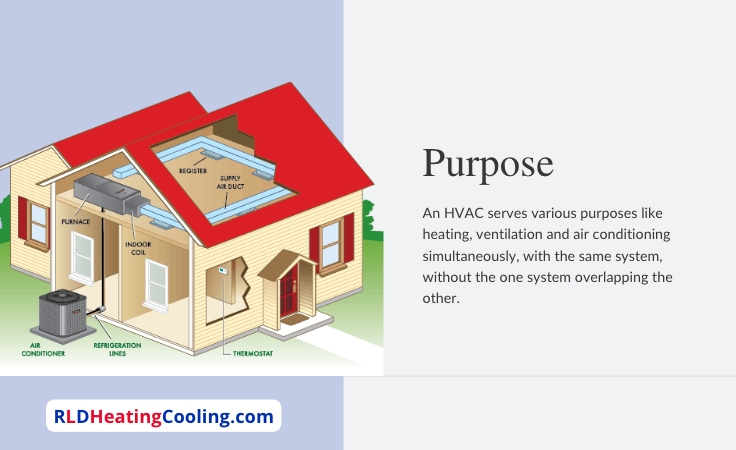
When the temperature fluctuates above or below the set limit, the thermostat sends a signal to the coil.
The coil then rotates to heat the air in the room.
The same air is sucked in by the blower and pushed outside during distribution.
The cycle continues to keep the room at a set temperature.
On the contrary, the furnace serves only one purpose: to heat the air and circulate it around your house.
Furnace vs. HVAC Difference #3: Cost
An HVAC is a complex system that is difficult to install and more expensive than a furnace.
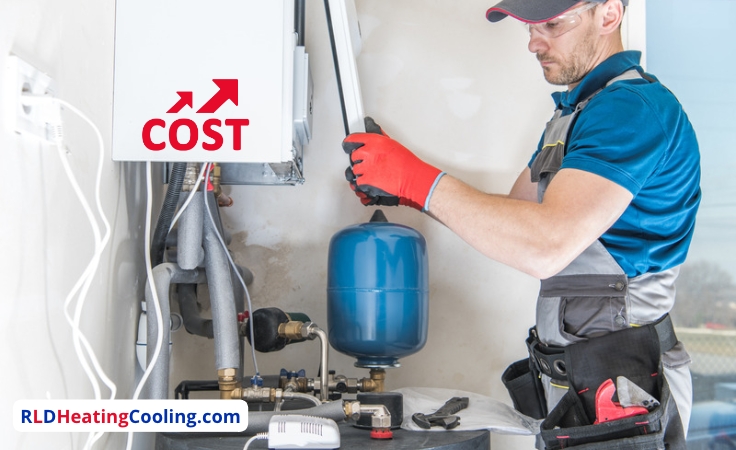
There is an apparent reason behind the higher cost, as it is an all-in-one system.
The average cost of an HVAC system is around $4,000 to $7,000.
On the other hand, a furnace is inexpensive and easy to install and maintain as it serves a single purpose.
Also read: Heat pump vs electric furnace.
Furnace vs. HVAC Difference #4: Installation
The complexity of the HVAC system makes it difficult and time-consuming to install, and even a small mistake can cause significant harm or dysfunction.
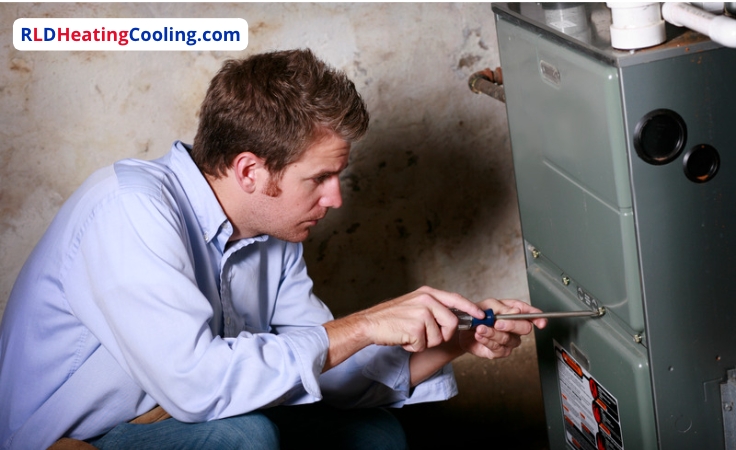
Therefore, you should consider hiring a professional HVAC contractor to assist with the installation process.
Due to its simplicity, a furnace is easy to install and requires minimal time and effort. It serves a single purpose and, for that reason, does not require extensive expertise.
But it is better to search for a furnace installer near me and get it installed by an expert to avoid any problems.
An HVAC can be expensive, comparatively, but the benefits are enormous, and you will enjoy it for a long time.
Firstly, it has different functions, and secondly, it is noise-free.
Also read: Heat pump vs. furnace.
What do the furnace and HVAC services include?
There are various times when the HVAC services overlap. However, using one system without working on the other system is also possible.
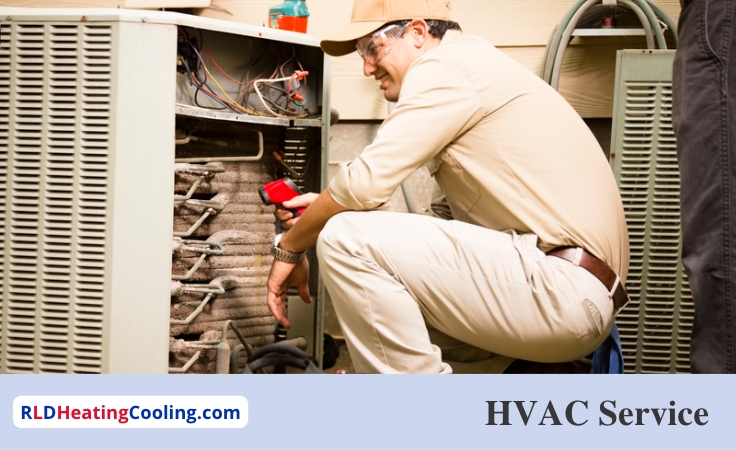
HVAC service
Since an HVAC service typically includes an AC unit and ductwork, it is possible to repair, maintain, or even replace them without needing to touch the furnace.
- Changing or replacing the air filter
- Repairing or replacing the ductwork
- Replace and calibrate the thermostat
- Replacing the wiring, fuses, and breakers
- AC maintenance, repair & replacement
These are the services primarily associated with HVAC repair. If there are any significant problems with the system, you might need to replace it, including the air conditioner and furnace.
Furnace service
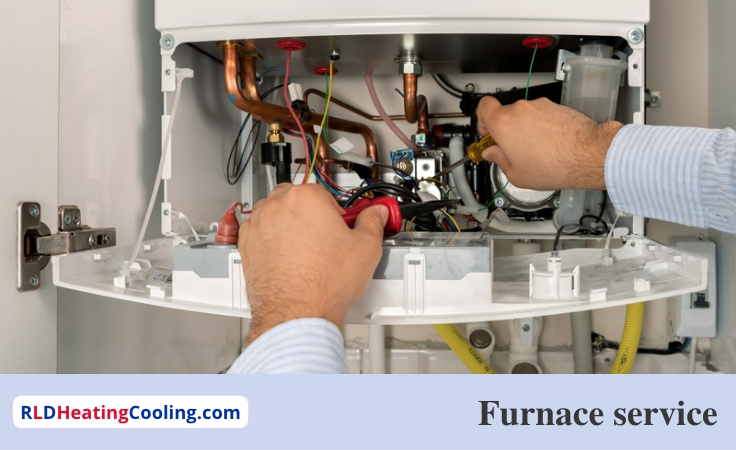
Just like an HVAC service might not include furnace services, the same can happen another way, where a heating repair or replacement can occur independently of the other system. Some heating system services near me are:
- Damaged or worn-out pilot light
- The issue with the heat exchanger
- Broken blower motor
- Limit switch malfunction
- Damaged or worn element
- Worn-out blower belt
Since furnaces are only useful during winter, it is recommended to schedule maintenance before the cold season to ensure the system operates efficiently.
Also, it will save you from emergency furnace repairs.
Furnace and HVAC services in Los Angeles at RLD Services
If your HVAC or furnace has any issues and you’re looking for good HVAC companies in Los Angeles, contact RLD Heating and Cooling Services. We offer HVAC, furnace, and heat pump installation, repair, replacement and maintenance services in Los Angeles and surrounding areas. Contact us to book an appointment.
FAQs
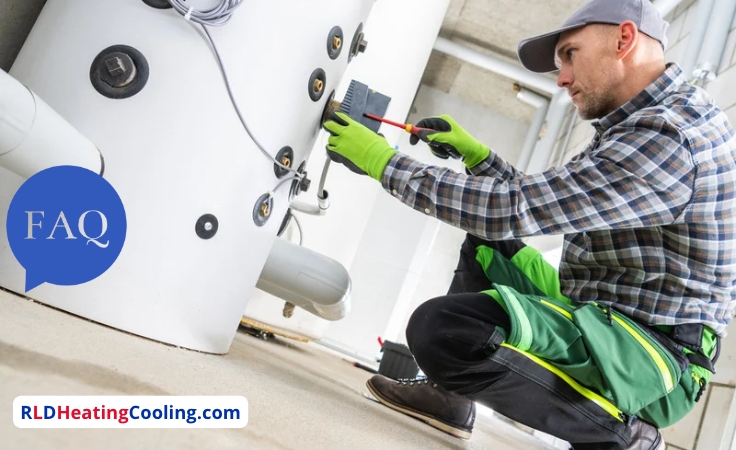
Here are some of the questions people usually ask:
Furnace vs. HVAC FAQ #1: Is the furnace the same as the HVAC?
The HVAC system can both heat and cool your house, and it includes several components like furnaces, air conditioners, ductwork, heat pumps, a thermostat and various other home comfort controls.
Furnace vs. HVAC FAQ #2: What is a furnace in an HVAC system?
A furnace is responsible for heating the air circulated by your home’s HVAC system. The furnace is one of the many components in HVAC systems. A thermostat is connected to the furnace. You can set your desired temperature in the thermostat, and when the temperature fluctuates, the thermostat sends signals to the furnace to turn on or off.
Furnace vs. HVAC FAQ #3: Is the furnace part of the Air Conditioner?
No, a furnace is not part of the air conditioner. The furnace and the air conditioner are part of the HVAC system. Both furnaces and air conditioners use ducts and vents to circulate the air inside your house. These systems are similar in their setting, infrastructure, and working. However, both systems operate independently.
Furnace vs. HVAC FAQ #4: Does HVAC include Air Conditioning and a furnace?
HVAC systems can warm and cool your house, making them suitable for both seasons. Apart from the furnace and the air conditioning system, the HVAC system also includes components like heat pumps, indoor air quality appliances like air purifiers and more.
Sources:
- https://www.energy.gov/energysaver/furnaces-and-boilers
